Friends who have worn watches may have experienced this phenomenon: under sunlight, the glass surface of the watch reflects light severely, affecting the readability of the time.
The high reflectivity of the glass surface makes it difficult to read the time clearly in strong light, reducing the practicality of the watch and affecting the user experience.
To address this issue, it is possible to apply a coating to the watch glass using anti-reflective coating technology to reduce the reflection of the glass surface and improve the readability of the watch under different lighting conditions. By using AR coating technology, the watch glass surface can effectively reduce glare and reflection, allowing for clear time reading under various lighting conditions.
Let’s take a look at the classification of watch glass coatings;
Types of Watch Glass Coatings
Watch glass coating refers to the application of a protective layer on the surface of a watch glass to enhance its durability, scratch resistance, and overall performance. This coating is typically applied using advanced techniques such as physical vapor deposition (PVD) or chemical vapor deposition (CVD). The purpose of watch glass coating is to improve the surface properties of the glass, making it more resistant to scratches, smudges, and other forms of damage that can occur during daily wear.
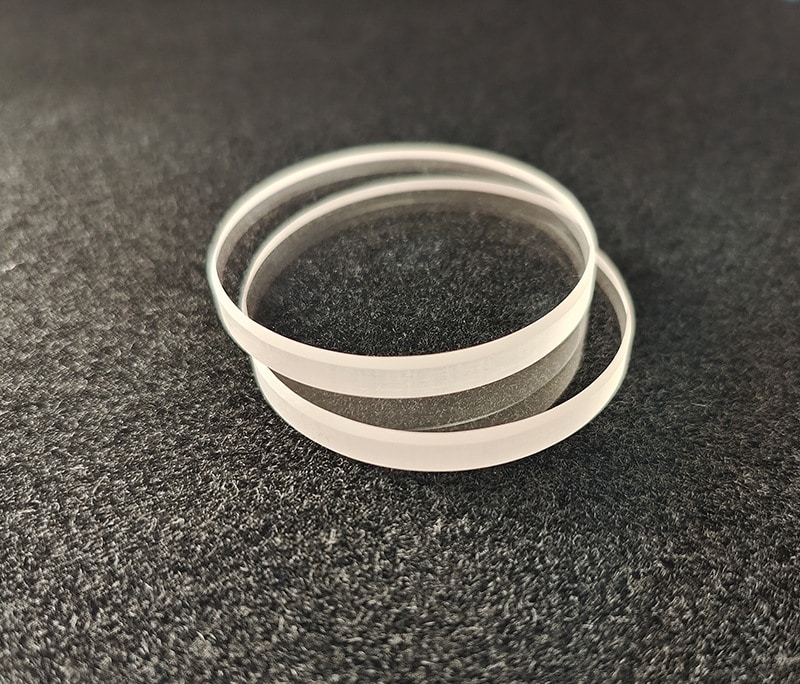
There are several types of coatings used in watchmaking:
- Anti-Reflective Coating(AR Coating): This type of coating is applied to reduce glare and reflections on the watch glass, improving visibility and readability, especially in bright light conditions.
- Scratch-Resistant Coating: This coating is designed to make the watch glass more resistant to scratches, ensuring that it maintains its clarity and appearance over time.
- Anti-Fingerprint Coating: This coating helps repel fingerprints and smudges, keeping the watch glass clean and free from unwanted marks.
- Water-Repellent Coating: Some watch glasses are coated with a water-repellent layer to improve water resistance and prevent water droplets from adhering to the surface.
- UV-Protection Coating: This type of coating helps protect the watch glass from the harmful effects of ultraviolet (UV) radiation, which can cause discoloration and degradation over time.
Overall, watch glass coating plays a crucial role in enhancing the performance and longevity of a watch, ensuring that it remains in optimal condition for years to come
The most commonly used coating for watch glass is the AR coating.
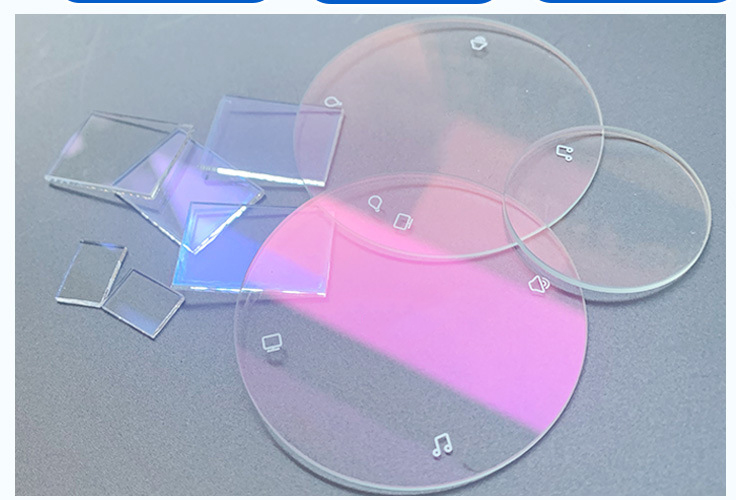
What is the AR Coating on Watch Glass?
Let’s take a look at the classification of watch glass coatings.
Everyone knows that any glass will produce glare, including flat and curved glass. Therefore, like many optical instruments’ lenses (including eyeglass lenses), coating treatment is needed on the glass to reduce glare and increase transmittance. Especially for watches with relatively large diameters and curved glass, additional coating treatment is required.
Among the available optical film materials, the higher the refractive index, the stronger the glare. Magnesium fluoride (MgF2) has the smallest refractive index, only about 1.38, which is much lower than the refractive index of ordinary glass and even lower than that of sapphire glass. Therefore, using magnesium fluoride as the material to coat the glass of watches can reduce the reflectance of light from 4% to 1.8%.
Anti-reflective coating, also known as AR coating, is a thin layer of material coated on the glass surface, using the most advanced magnetron sputtering coating technology internationally to coat a layer of anti-reflective film on the surface of ordinary tempered glass.
AR (anti-reflective) coatings can be applied not only to sapphire glass but also to other types of glass surfaces, such as mineral glass or organic glass. The main function of AR coating is to reduce light reflection and improve light transmittance, thereby enhancing visual clarity.
This coating is particularly useful for those who need to read watches clearly under any lighting conditions. AR coating makes the colors transmitted through the glass more vivid and realistic.
Therefore, the effect of coating sapphire watch glass will be better. Especially for watches with relatively large diameters and curved glass, additional coating treatment is required.
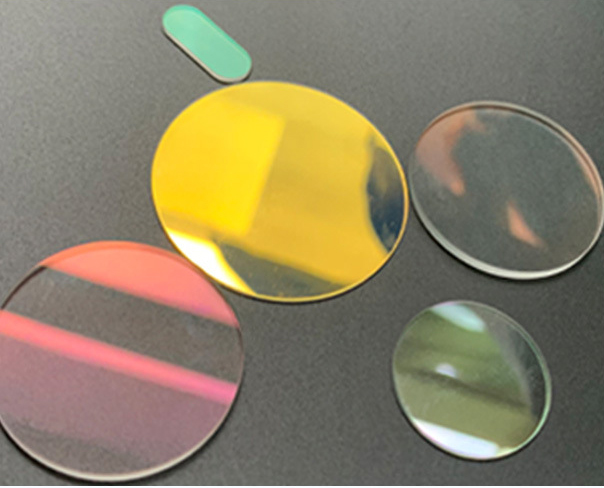
Note: Coating cannot completely eliminate glare but can only reduce it.
Glass treated with coating will show a faint bluish-purple color.
There are various compounds available for application on watch glass, and these compounds differ in AR performance, durability, and readability. For example, some anti-glare films can give the glass a slight blue hue.
Some watches will mark to indicate that the watch glass has been coated, such as Omega watches. On the watch card or tag, a circle with the letter “A” inside indicates that the watch glass has been coated, while “AA” indicates that both sides of the watch glass have been coated. Watches usually have many reflective spots, including the case, dial, hands, and are either shiny gold or shiny silver. Therefore, coating is also one of the measures to make it more convenient to wear watches. The coating on the watch glass is not as obvious as that on camera lenses, and it is often difficult to detect.
Anti-reflective coating is an important function of watches, and there is a significant difference between watches with and without anti-reflective coatings. Additionally, it can enhance the aesthetic appearance of the lens, making it look clearer and more transparent.
The history of AR coating on watch glass
The history of AR coating on watch glass dates back to the late 19th century when the concept was first discovered by Lord Rayleigh in 1886. He observed that slightly tarnished glass allowed more light to pass through compared to brand new glass, which reflected more light.
However, it wasn’t until the mid-20th century that significant advancements were made in the development and application of anti-reflective coatings on watch glass. In 1935, Soviet scientist Olexander Smakula perfected the technology for creating and applying anti-reflective coatings on optical lenses, which laid the foundation for further developments in the field.
By the end of World War II, the aviation industry had already adopted anti-reflective coatings for pilot watches. Pilots flying above cloud layers often faced intense glare from the sun, making it difficult to read their watches. Anti-reflective coatings became essential for improving readability in such conditions, leading to their widespread use in aviation timepieces.
Since then, advancements in materials and manufacturing techniques have allowed for the widespread adoption of AR coatings in the watchmaking industry. Today, AR coatings are a standard feature in many high-quality watches, offering improved readability and aesthetic appeal by reducing glare and reflections on the watch glass.
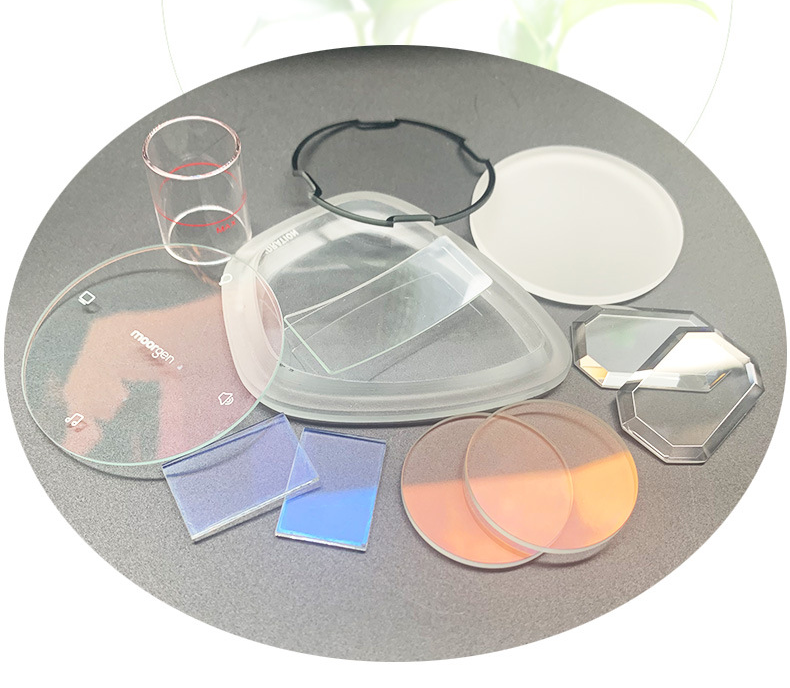
How many types of AR coating are there for watch glass?
The AR coating on watch glass mainly consists of two types:
- Double-sided coating: Coating is applied on both sides of the watch glass, enhancing anti-reflective effects but being less durable due to the outer coating’s susceptibility to scratches.
- Single-sided coating: Coating is applied only on one side of the glass, partially resolving reflection issues but reducing anti-reflective capability.
Apart from these two methods, there’s also spot coating, as seen in Rolex Oyster watches where the date magnifier is coated. This approach ensures anti-reflective effects and is located on the inner side, minimizing damage risks.
Some high-end brands may also apply anti-glare coating on the transparent case back or movement area to reduce light interference. Overall, there are various AR coating methods for watch glass, each with its pros and cons. The choice of coating method depends on practical needs and usage environments.
In the watchmaking industry, coating methods for watch glass are generally divided into two types: double-sided coating and single-sided coating. To further improve light transmission, multiple layers of coating can be applied on both sides of the glass.
Both coating methods have their advantages and disadvantages.
Double-sided coating involves applying coating on both sides of the glass, which increases AR efficiency but is less durable because the outer coating is prone to scratching.
Single-sided coating covers only one side of the glass, which avoids reflection issues but reduces anti-reflective capability.
In addition to these two methods, there’s also spot coating. For example, Rolex Oyster watches usually have no coating on the inner and outer sides of the mirror but the date magnifier is coated.
The reason for this operation is likely due to Rolex’s consideration of coating durability. Rolex watches are known for their precision and durability. Although the mirror may reflect light, it’s practical as long as you avoid direct light. Only coating the date display window makes sense because it’s small and curved, and without anti-glare, it’s hard to see clearly, causing significant interference. Moreover, Rolex’s coating is done on the inner side where the magnifier and mirror are bonded, an area that’s not prone to scratches or damage.
Of course, some high-end brands may also apply anti-glare coating on the transparent case back or movement area to reduce light interference. This helps prevent lubricating oil degradation due to light affecting the movement’s operation.
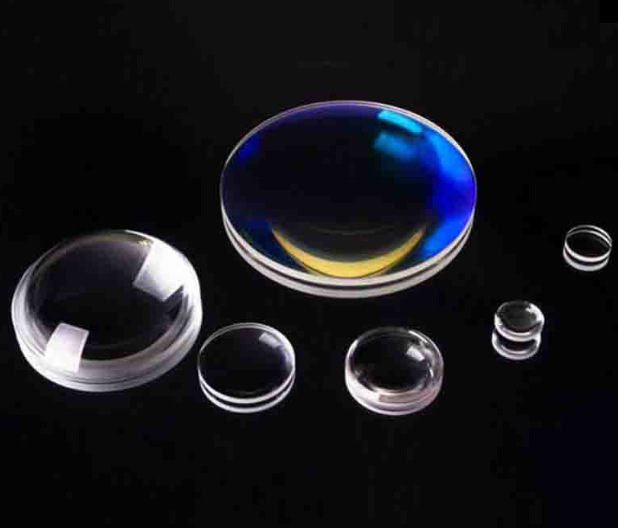
Advantages of Watch Glass AR Coating:
This technology has been widely applied in the watch manufacturing industry, but it also has its pros and cons.
Advantages:
- Enhanced Durability: Coated glass enhances the hardness of the watch surface, thereby improving its durability.
- Scratch Resistance: Coated glass effectively prevents scratches on the watch surface, preserving the aesthetic appeal of the watch.
- Anti-Glare: Coated glass reduces reflections on the watch surface, making the watch clearer and more visible in sunlight.
- Stain Resistance: Coated glass prevents contamination of the watch surface, making it easier to clean.
Disadvantages of Watch Glass AR Coating:
- Prone to Scratching: Although coated glass enhances the hardness of the watch surface, it is still susceptible to scratches, especially after prolonged use. While the sapphire glass surface may remain intact if scratched, the coating may be prone to visible scratches.
- Susceptible to Peeling: Coated glass is prone to peeling, particularly under prolonged exposure to vibrations or substances like seawater, sweat, hot water, or chemicals. Therefore, durability is a concern.
- Not Suitable for Diving: Coated glass is not suitable for diving as it cannot withstand the pressure of high-pressure water.
- Color Fading: Coated glass may change color over time due to prolonged exposure to sunlight, affecting the aesthetic appeal of the watch.
- Easy Wear and Tear: The external anti-reflective coating on watch glass is prone to wear and tear, becoming visibly apparent when scratched due to the reflection difference between the coated and scratched areas.
- Moisture Sensitivity: Watches stored for a prolonged period should be protected from moisture. Exposure to a humid environment can lead to mold formation on the glass surface and damage to the coating layer. Therefore, it’s essential to use desiccants in watch boxes and avoid humid environments.
Summary:
The advantages of watch-coated glass technology are significant, as it enhances the watch’s durability, scratch resistance, anti-reflective properties, and stain resistance. However, it also has some disadvantages, such as susceptibility to scratching, easy peeling, unsuitability for diving, and susceptibility to discoloration. Therefore, when purchasing a watch, careful consideration is required.
The production process of AR coating involves several steps:
- Clean the sapphire surface to remove any dirt, dust, or oil that may affect the coating’s quality.
- Apply the coating using the physical vapor deposition (PVD) process, where the glass is placed in a vacuum chamber and a thin layer of material is deposited onto the surface using sputtering.
- Ensure the coating process is carried out in a controlled environment to achieve uniform coating and consistent thickness across the entire lens.
- After coating, remove the glass from the vacuum chamber and inspect it to ensure there are no defects in the coating.
- Harden the coating by exposing the glass to ultraviolet (UV) light, which activates chemical reactions in the coating, making it harder and more durable.
It’s important to note that, like any surface treatment, it may be susceptible to scratching and may require periodic maintenance. To address this, a layer of sapphire coating can be applied on top of the AR coating.
What color is the AR coating on watch glass?
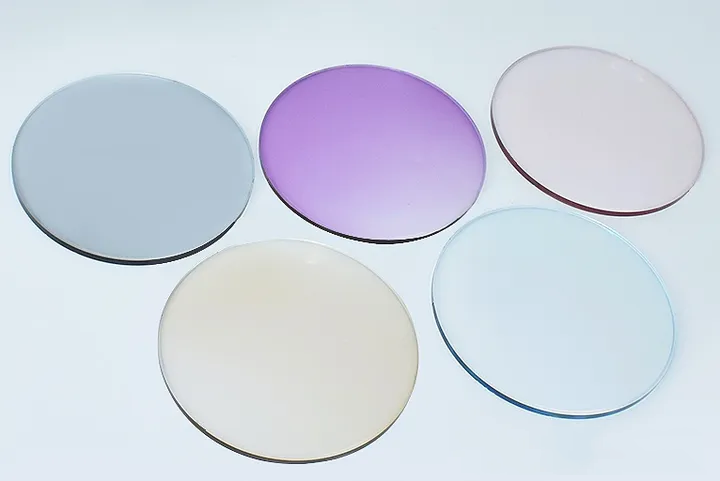
The AR coating on watch glass is typically transparent, but in some cases, it may have a colored tint such as blue, green, or purple. However, whether transparent or colored, it’s not easily noticeable, and colored coatings are usually only discernible at specific angles of light.
Final Thought:
In conclusion, the application of AR coating on watch glass is a significant advancement in watchmaking technology, offering both advantages and disadvantages. While it enhances durability, scratch resistance, and visibility under various lighting conditions, it is also prone to scratching, peeling, and discoloration over time. Therefore, when choosing a watch, it’s essential to weigh these factors and consider the intended usage environment. Overall, AR coating plays a crucial role in enhancing the performance and longevity of watches, contributing to a better user experience.

